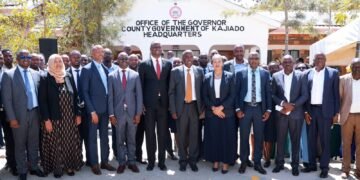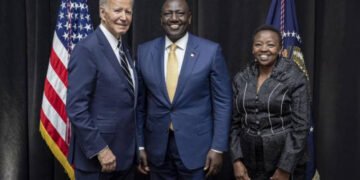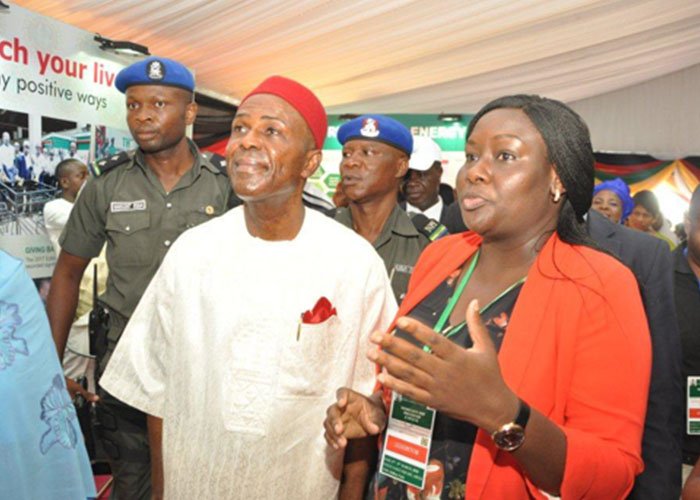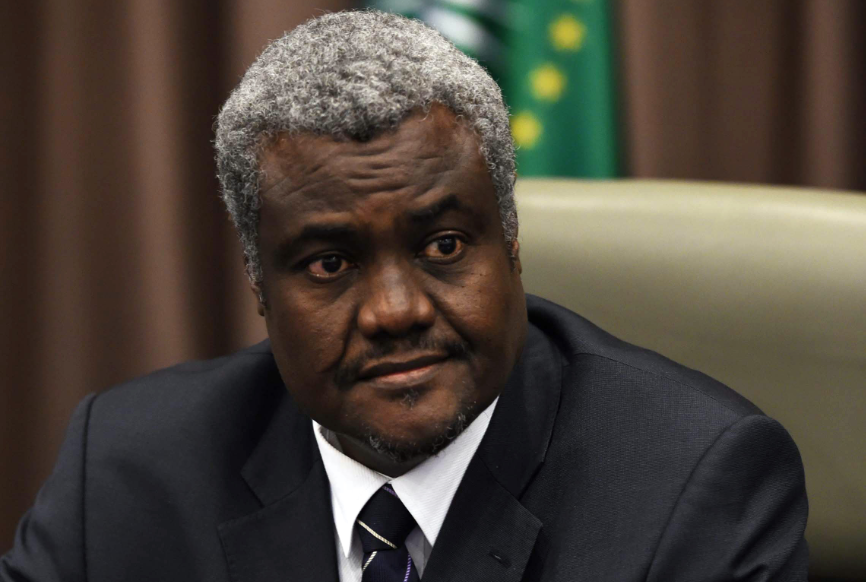The Kenya Wildlife Service (KWS) has unveiled the draft Wildlife Conservation and Management (Access and Conservation Fees) Regulations, 2025, proposing significant fee increases for national parks, reserves, sanctuaries, and marine protected areas to tackle a KSh 12 billion ($92.9 million) annual budget deficit.
KWS Director General Erustus Kanga defended the hikes, stating, “With 90% of our revenue from tourism, these adjustments are critical to sustain conservation efforts and support over a million livelihoods dependent on tourism.”
The proposed regulations, the first comprehensive fee review in 18 years, include a 74.4% increase for adult residents and East African Community (EAC) nationals visiting premium parks like Amboseli and Lake Nakuru, raising fees from KSh 860 ($6) to KSh 1,500 ($11). Entry to Tsavo East and West will climb from KSh 515 ($3) to KSh 1,000 ($7), and Nairobi National Park fees will rise from KSh 430 ($3) to KSh 1,000($7).
ALSO READ: KENYA: STATE CORPORATIONS URGED TO ALIGN STRUCTURES FOR SUSTAINABLE SERVICE DELIVERY
Foreign visitors face a 50% hike, with fees increasing from $60 (KSh 7,770) to $90 (KSh 11,660). Minors will pay KSh 750 for Amboseli and Lake Nakuru, while Meru, Kora, and Aberdare park fees for EAC citizens will jump from KSh 300 to KSh 800.
Kanga highlighted rising operational costs, evolving tourist expectations, and increasing human-wildlife conflicts as key drivers. Only 22% of KWS’s budget supports critical activities like wildlife monitoring, with 78% allocated to security.
The fee hikes are projected to boost revenue from KSh 7.14 billion ($55 million) in 2024 to KSh 10.93 billion ($84 million) in the first year and KSh 16.58 billion by year four. Despite concerns about reduced tourist appeal, Kenya welcomed 2.4 million international visitors in 2024, generating KSh 452.20 billion ($3.5 billion) , with forecasts predicting 3 million arrivals and KSh 560 billion ($4.3 billion) in 2025.






























































